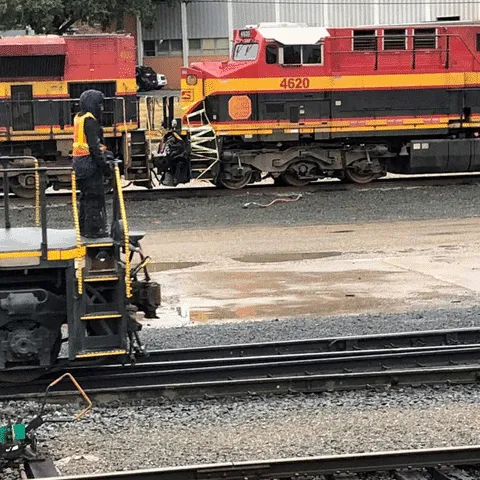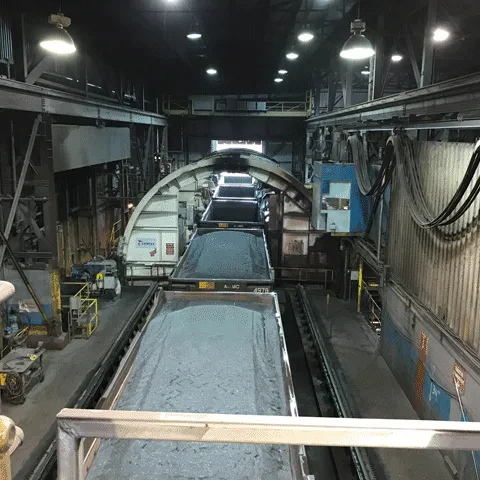- Locomotive
-
Freight Car
- Freight Services
- Digital Intelligence
-
Transit
RAIL COMPONENTS
Overview Braking Systems Couplers & Draft Gears Door & Access Solutions Electrical Solutions HVAC & Comfort Systems Power Collection Power & Auxiliary Energy Solutions Sanitation Systems Suspension & Vibration ControlBUS COMPONENTS
Overview Bus Components Doors & Accessibility E-Bus Charging Electric Power Collection Passenger Information & Vehicle SecurityDIGITAL INTELLIGENCE
Radar AIC Event Recorders iSmart Display Passenger Information & Video SecuritySERVICES
Transit Services - Mining
-
Adjacent Solutions
Adjacent Solutions
RAIL INFRASTRUCTURE
Overview Track Products & Materials Signal Wayside Components Vehicle Equipment Electric Power SupplyHEAT TRANSFER & ENERGY SOLUTIONS
Overview Diesel & Gas Engine Cooling Generator, Motor & Transformer Coolers High Temperature Applications
This website no longer supports the Internet Explorer web browser.
Microsoft is retiring and will no longer support Internet Explorer. Please use another web browser to access this website.
Main Menu
LOCOTROL® Remote-Control Locomotive (RCL)
LOCOTROL® Remote-Control Locomotive (RCL) technologies enable a single operator on the mainline or in a yard to remotely control a heavy-haul locomotive using a handheld operator control unit (OCU) for scenarios such as set outs, pick-ups, and locomotive movements in yard. Building on the success of the Yard RCL and enabled by the new LOCOTROL® XA (Expanded Architecture) platform, the new RCL platform results in crew optimization, increased automation, and efficient train operations.
Benefits:
- Improve crew productivity
- Reduce car dwell time in yards
- Reduce manpower for switching operations
- Eliminate or reduce low-horse-power locomotive fleet
- Pave way for automation on mainlines and yards
- Proven product – Over 750 RCL systems deployed
Road RCL has a wide range of applications:
- A single operator can conduct local pick-ups and drop-offs between origin and destination and set-out bad order cars
- A single operator can bring stranded trains into congested yards if the road crews’ time expires
- Yard-crew member can hostel mainline power around the yard, conduct switching operations, and build the train for departure
- Mainline power can be used to build trains and conduct switching operations in the yard
- Mainline power can be used on the hump in the remote-control operation thus reducing need for low-horse-power fleet
- Road RCL can be utilized in slow-speed loading and unloading operations, reducing the use of road crews and leading to efficient operations
RCL Key Features:
- Advanced speed control and airbrake control
- Alt Comm: 220/LTE/WiFi
- Combined yard and road OCU (Operator Control Units)
- Integration with hump control
- Locomotive slow speed integration
- Support to both conventional and DP trains


